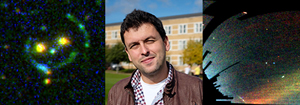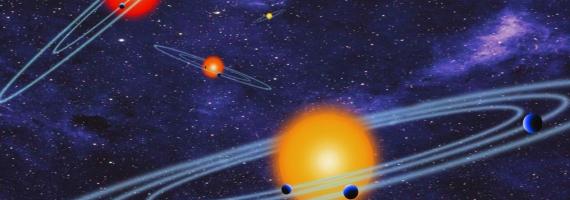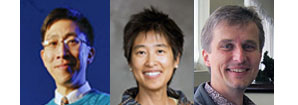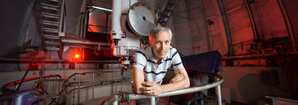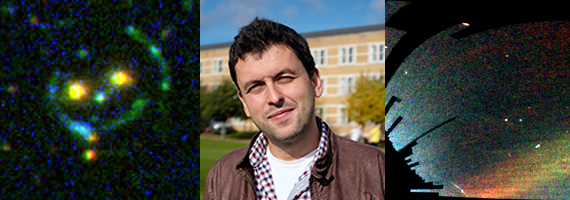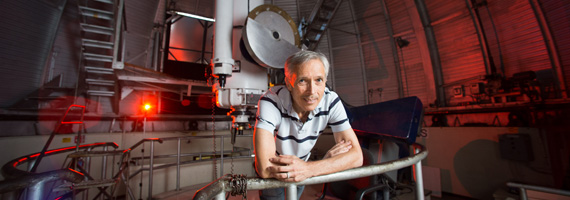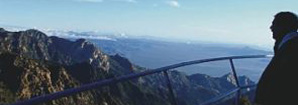The Aaronson Committee has met, and it's our pleasure to announce that our 18th Marc Aaronson Memorial Lecturer is Vasily Belokurov of the Institute of Astronomy, in Cambridge, UK. Buell Jannuzi has telephoned Dr. Belokurov, and Dr. Belokurov has accepted with great pleasure. We are shooting for a Fall 2015 talk.
Dr. Belokurov is cited for his long-term work on discovery of Milky Way dwarf galaxies, on being astronomy's premier data miner, for his work on star streams culminating in the Field of Streams, for his work (with students) on the structure and size and density distribution of the Milky Way from BHB stars, on discovering gravitational lenses in the Cassowary Survey, and on data mining to discover metal-poor dIrr galaxies from SDSS imaging (with MMT followup). To put things in perspective, of the sixteen or so ultra-faint galaxies orbiting the Milky Way, Dr. Belokurov has been on the discovery papers of ~10 (mostly as first or second author).
You can learn more about this award in the paragraph below and at http://en.wikipedia.org/wiki/Marc_Aaronson_Memorial_Lectureship
"The Marc Aaronson Memorial Lectureship was established to honor our Steward Observatory colleague who died tragically in 1987 at the age of 36. In his spirit, we honor an individual, within 15 years of the PhD, who by his or her passion for research and dedication to excellence, during the ten years preceding the award, has produced a body of work in observational astronomy which has resulted in a significant deepening of our understanding of the universe." [Since Marc was 10 years past his PhD at his death and had already been on the cover of Time Magazine, a few years ago we changed the rules to guarantee a younger person.]






